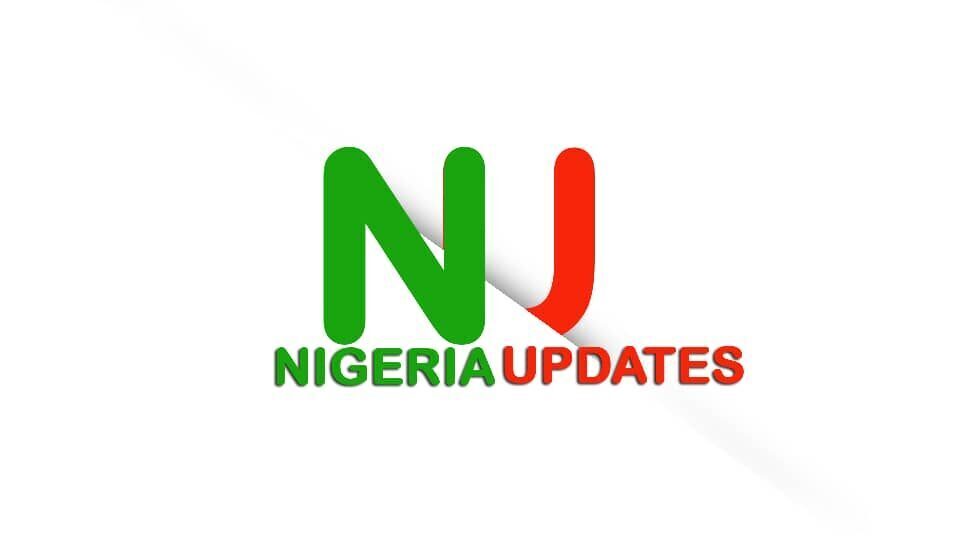In a bid to end decades of infrastructure decay at Nigeria’s busiest air hub, the Minister of Aviation and Aerospace Development, Festus Keyamo (SAN), has unveiled a comprehensive renovation plan for Murtala Mohammed International Airport (MMIA) in Lagos. The minister’s public clarification, released through a statement, follows the Federal Executive Council (FEC)’s approval of the ambitious redevelopment project last week.
The statement was issued to address mounting public curiosity and media speculation following FEC’s announcement, as well as to provide transparency about the scope, funding source, and expected impact of the project on Nigerian travelers and the aviation sector.
Two Terminals, One Vision: Total Modernisation
Keyamo began by educating Nigerians on the layout of the Lagos airport, which houses two international terminals.
“Terminal One is that old building directly facing the long stretch of road leading to the airport built and commissioned in 1979 by the Obasanjo-led military regime. It has two wings known as Wing D and Wing E,” he explained.
“Terminal Two is the new building on the right-hand side as you drive into the airport, started by President Jonathan’s government with a Chinese loan, completed during President Buhari’s government (with the loan), and made operational during President Tinubu’s first one month in office.”
Due to long-term neglect and traffic volumes exceeding design capacity, Terminal One has fallen into disrepair. To tackle this, Keyamo announced a bold plan:
“What we simply want to do is to totally strip down that building, including the entire roof—leaving only the carcass—then re-design and reconfigure it, and build a brand-new airport for the nation to meet modern international standards,” he said. “Both wings D and E will be affected.”
Terminal Two Gets Expansion and Smart Tech
For Terminal Two, the ministry secured approval to expand the structure and apron to cater to larger aircraft, including wide-body planes. To correct a long-standing design flaw, new infrastructure will include independent arrival and departure ring roads and a bridge connecting directly to the departure lounge’s upper floor—eliminating the hassle of hauling luggage up escalators.
“It is a design error we intend to correct,” Keyamo noted.
In addition, smart solutions have been integrated into the new design, aiming to deliver a digitally efficient, world-class airport experience for Nigerian travelers.
Funded by Renewed Hope, Not Loans
Keyamo emphasized that the entire project will not rely on loans but will be funded through the Renewed Hope Infrastructure Development Fund, which was set up from savings made through the removal of fuel subsidies.
“This will not be done by a loan from anywhere, but by the Renewed Hope Infrastructure Development Fund, which is one of the gains made from the removal of subsidies,” he stated.
Public Oversight and Transparency Promised
To ensure accountability, the ministry will regularly invite journalists, civil society groups, and lawmakers for on-site inspections during the renovation.
“It is part of our national heritage and we should all rightly be interested in the final outcome,” Keyamo said.
The minister also encouraged Nigerians to compare costs of similar airport projects globally, especially in Africa, to appreciate the value being delivered.
“I encourage our compatriots to simply Google the cost of most modern airports built around the world in the last few years—including those in Africa like Angola—and you will agree with me that the Bureau for Public Procurement… did a fantastic job for the nation.”
Balancing Renovation with Utilisation
Keyamo closed his statement with a reminder that Nigeria already has new terminals in Kano, Abuja, and Port Harcourt, which remain underutilised due to low air traffic—an issue the government is also looking to address through broader aviation reforms.
To boost public understanding, the ministry has also produced a video explainer showing a graphical breakdown of the proposed construction phases.
Background: Why Keyamo Spoke Out
The need for clarity arose after the FEC’s approval of the airport overhaul stirred public debate, particularly concerning funding sources, project scope, and potential travel disruptions. Given that Lagos’ MMIA handles the highest volume of international passengers in Nigeria, any changes to its structure are of national economic and logistical significance. Keyamo’s statement serves as both reassurance and accountability, positioning the overhaul as part of President Tinubu’s Renewed Hope Agenda.

 Tourism4 days ago
Tourism4 days ago
 Metro5 days ago
Metro5 days ago
 telecommunication6 days ago
telecommunication6 days ago
 Real Estate7 days ago
Real Estate7 days ago
 Security6 days ago
Security6 days ago
 Education3 days ago
Education3 days ago
 Sports7 days ago
Sports7 days ago
 Nigeria News6 days ago
Nigeria News6 days ago










